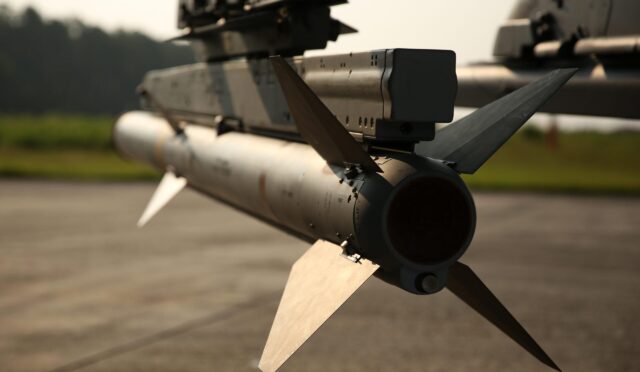Radiofrequency Directed Energy Weapon: A Game Changer
The British Army has embarked on a groundbreaking journey with the testing of a cutting-edge radiofrequency directed energy weapon (RF DEW) system, marking the largest trial of its kind in the UK. Conducted at a weapons range in West Wales, this trial successfully neutralized two drone swarms in a single engagement. Overall, the system effectively tracked, engaged, and defeated over 100 drones throughout the test period, showcasing its capabilities in modern warfare.
Spearheading this innovative project is Team Hersa, a collaborative effort between Defence Equipment & Support and the Defence Science and Technology Laboratory. Thales UK was tasked with the development of the system, which has received significant backing from the UK government, with a £40 million (approximately $50 million) investment.
The Advantages of RF DEW Technology
The RF DEW system operates by utilizing high-frequency radio waves to interfere with and damage a drone’s internal electronics. This disrupts the drone’s operation, leading to either a crash or malfunction during flight. With an operational range of up to one kilometer (0.6 miles), the system targets drones that typically evade conventional jamming techniques, positioning itself as a formidable asset in counter-drone warfare.
Moreover, each engagement with the RF DEW is remarkably cost-effective, priced at approximately £0.10 ($0.13) per shot. This affordability allows it to function as a complement to traditional missile-based air defense systems, enhancing overall defense strategies. The ability to simultaneously engage multiple targets with almost immediate effect further underscores its potential as a protective measure for critical infrastructures like military bases and airports.
Expert Insights on Effectiveness
Sgt Mayers from the UK’s 106 Regiment Royal Artillery expressed enthusiasm about the RF DEW technology, remarking, “RF DEW is an exciting concept. We found the demonstrator quick to learn and easy to use.” His comments highlight the user-friendliness of the system, which combined with potential advancements in range and power, could significantly bolster layered air defense capabilities.
The prospect of the RF DEW system evolving into a vital asset for modern military operations is promising, especially as the threat posed by drones continues to grow. With continued development, this technology may redefine the approaches taken to secure sensitive areas from aerial threats.






